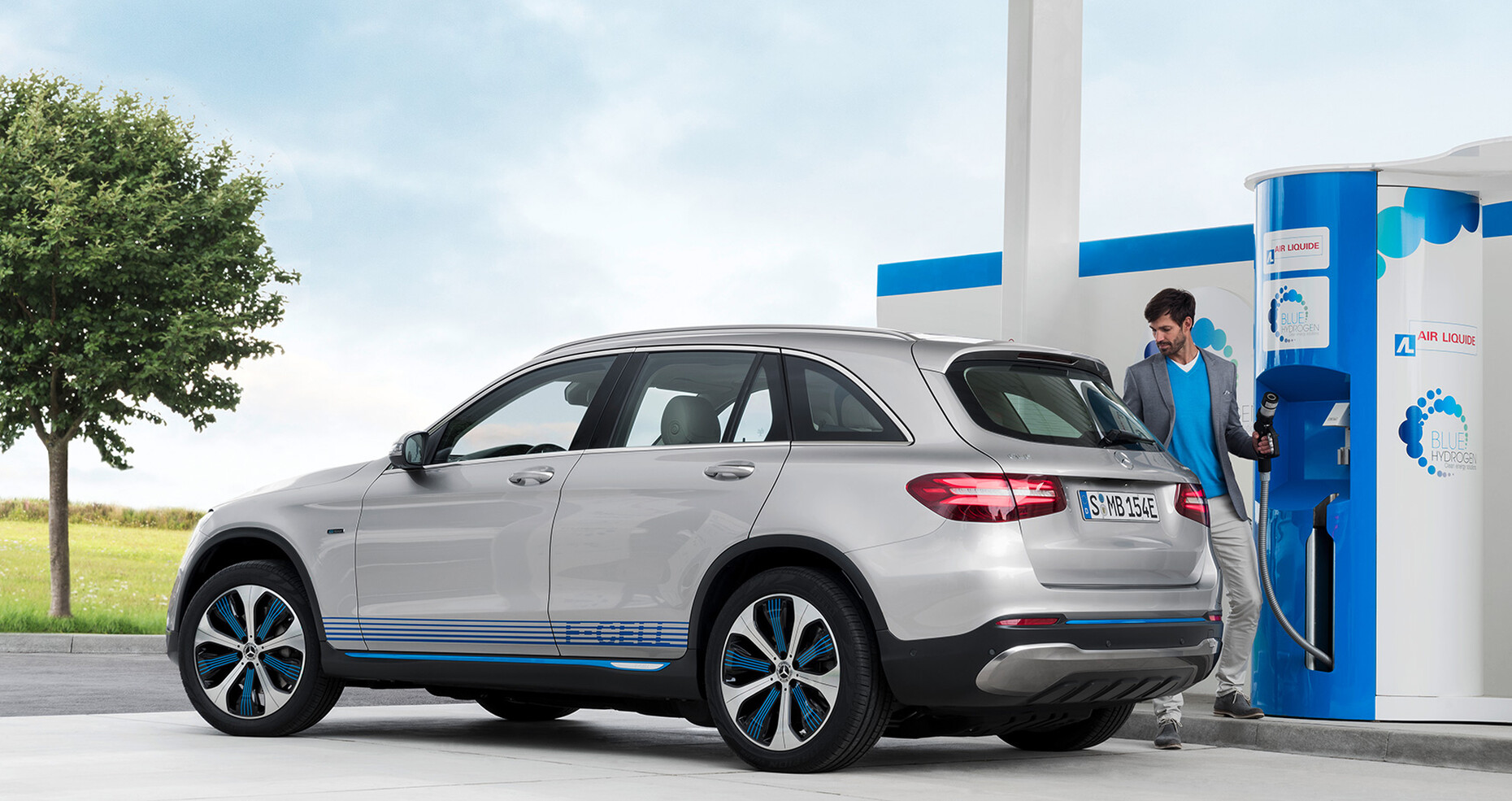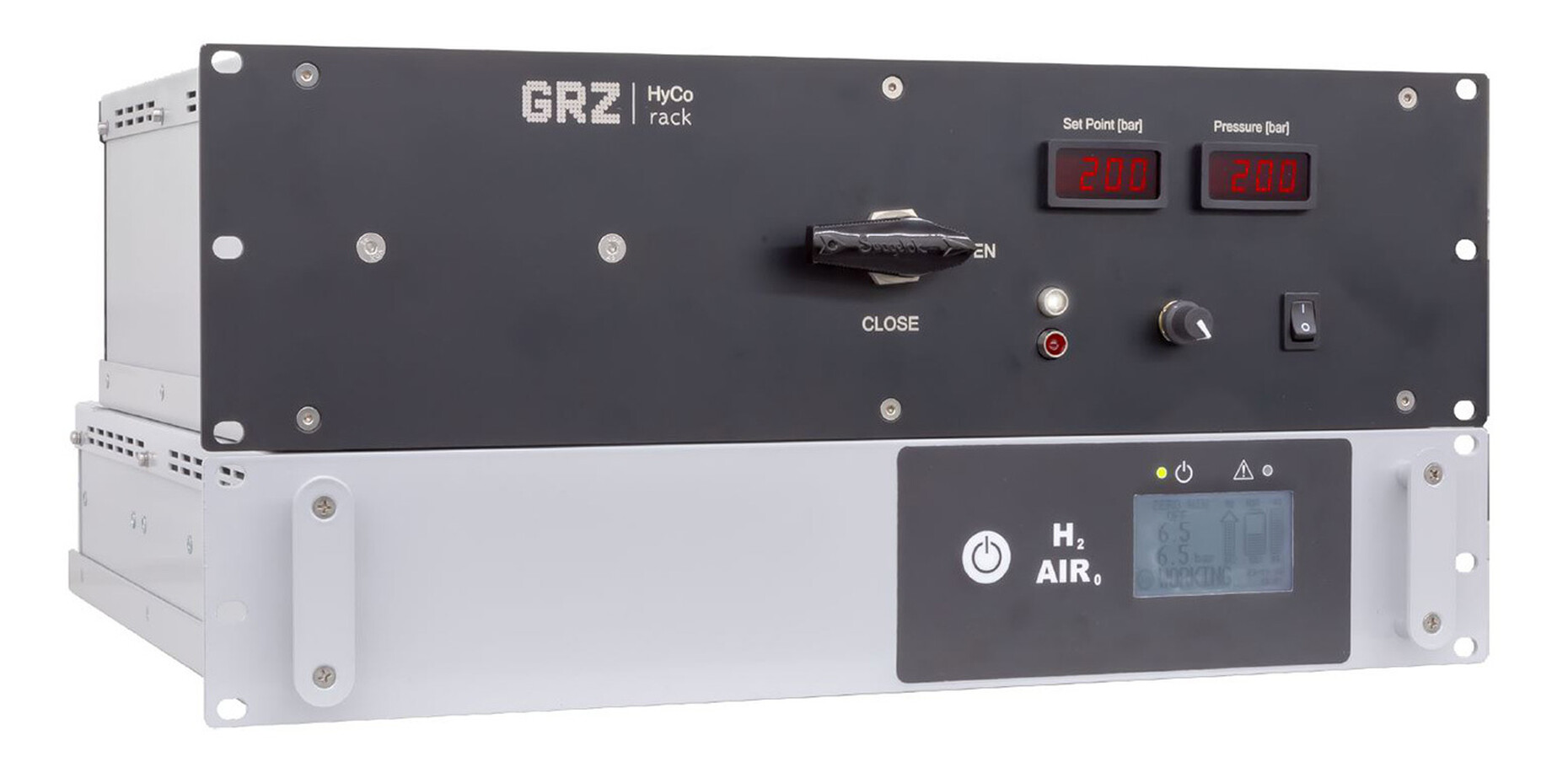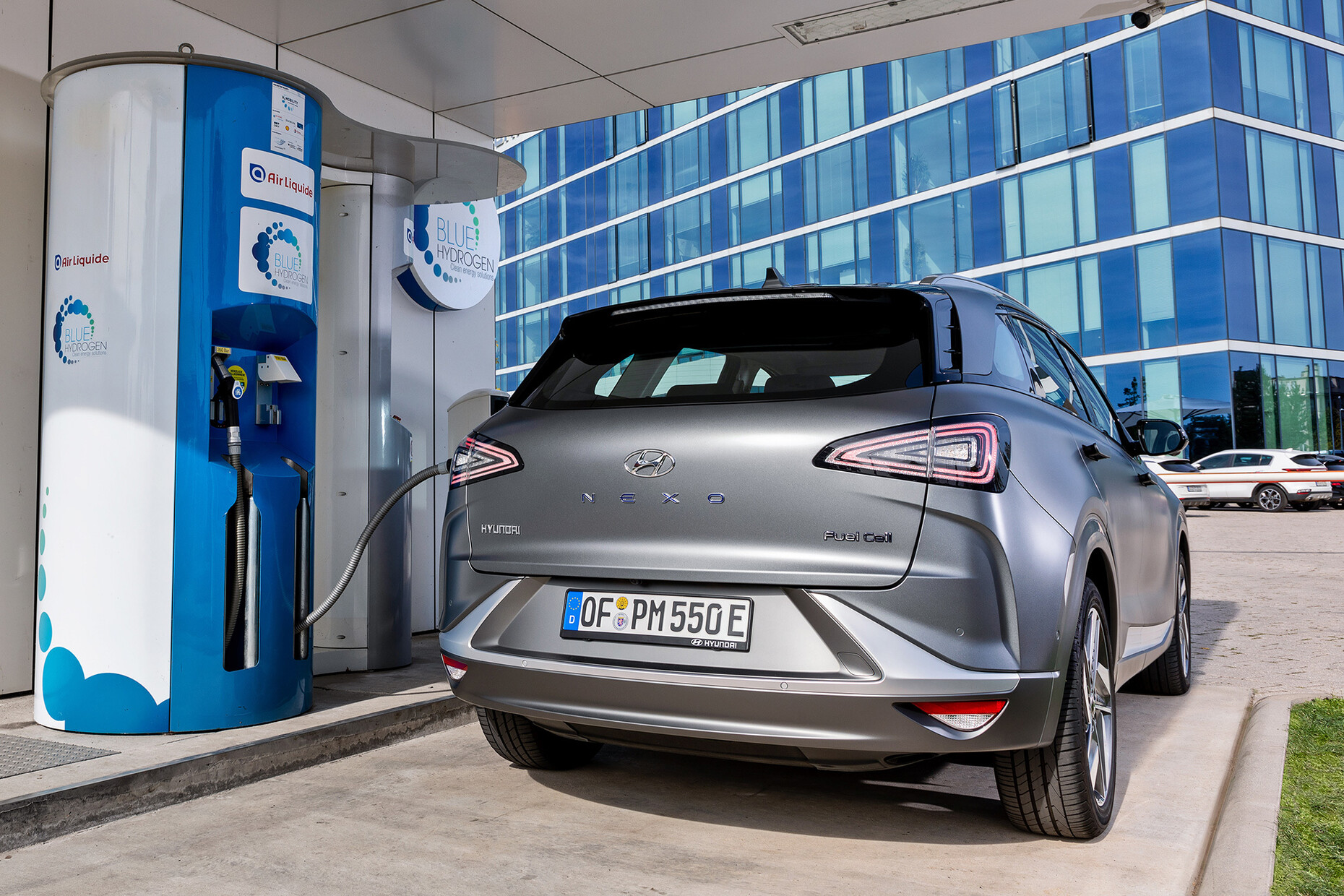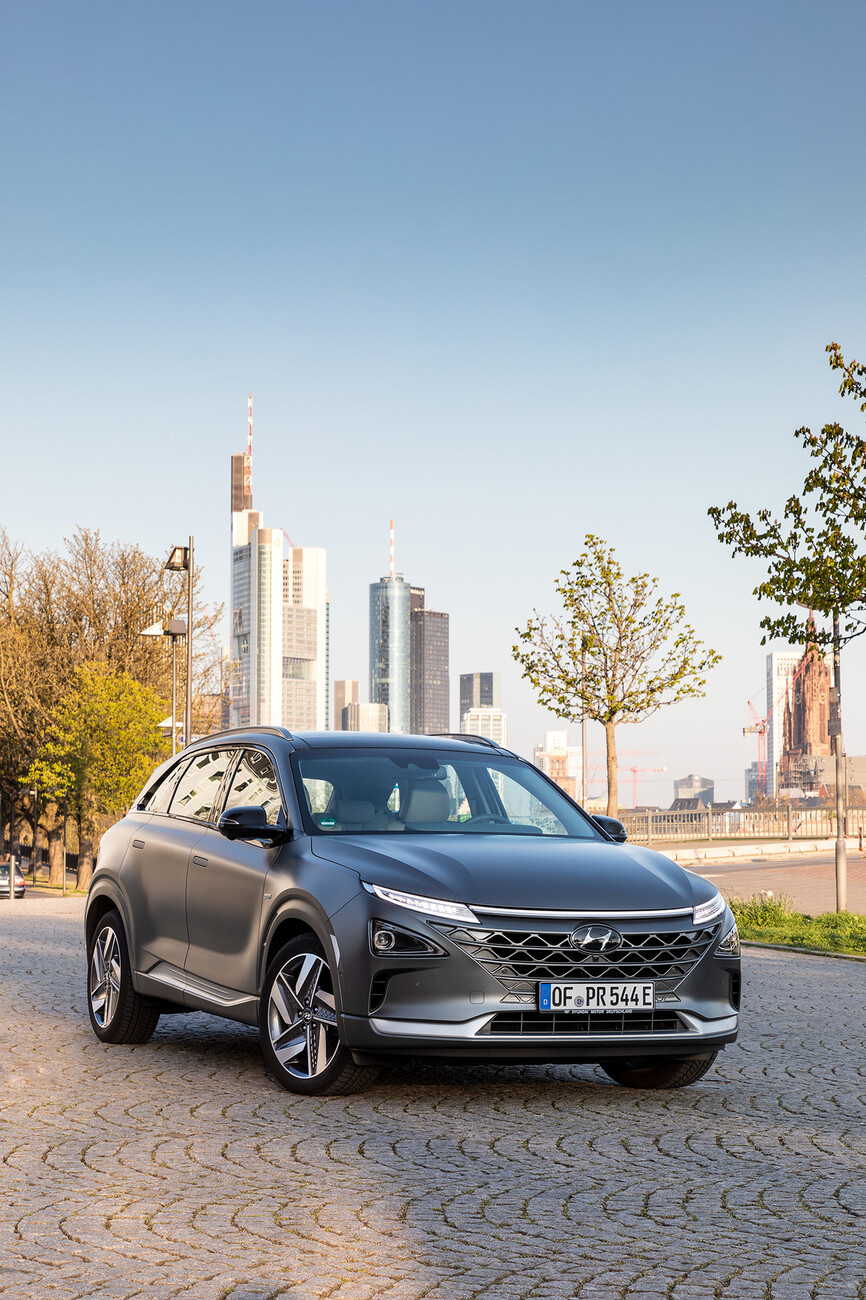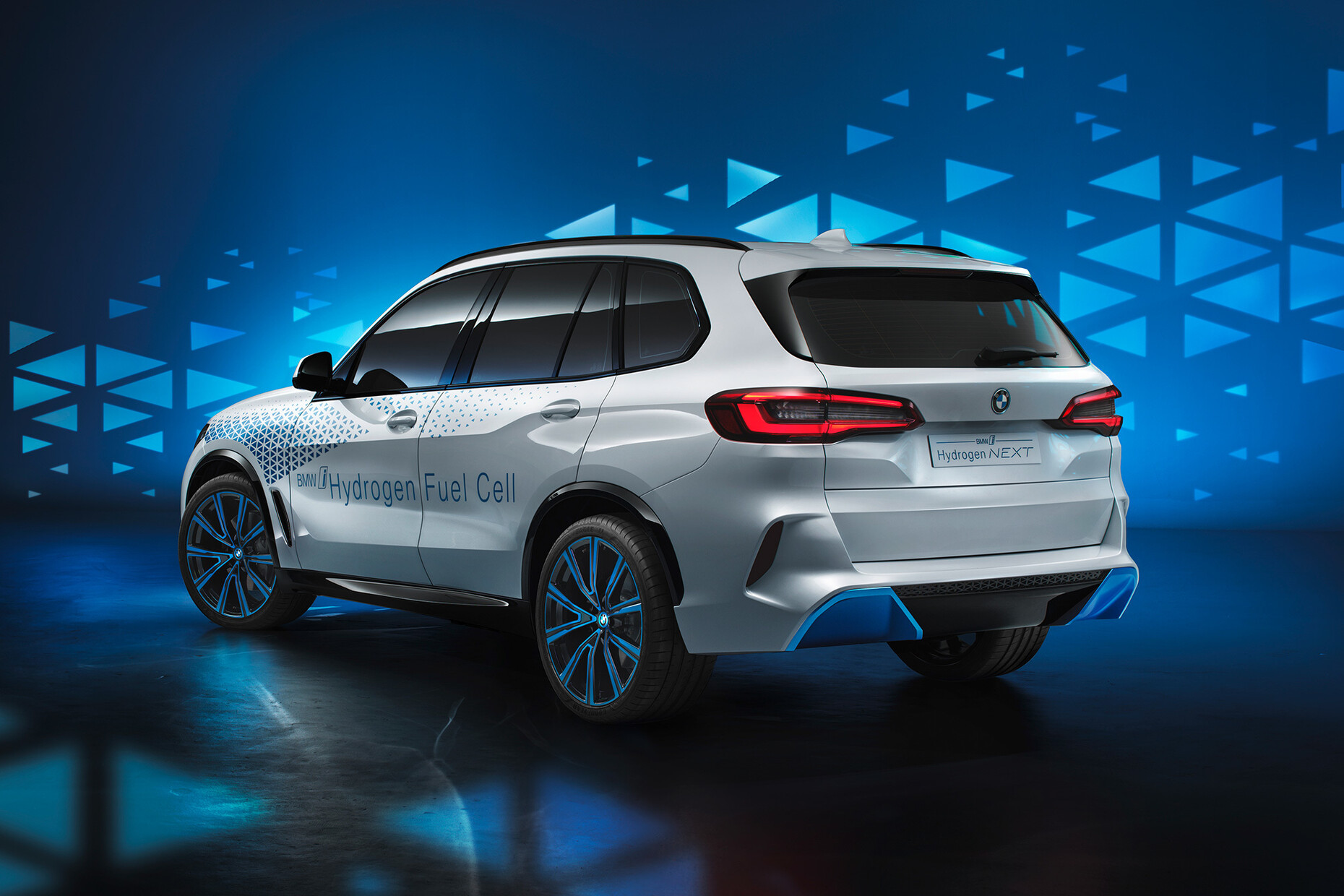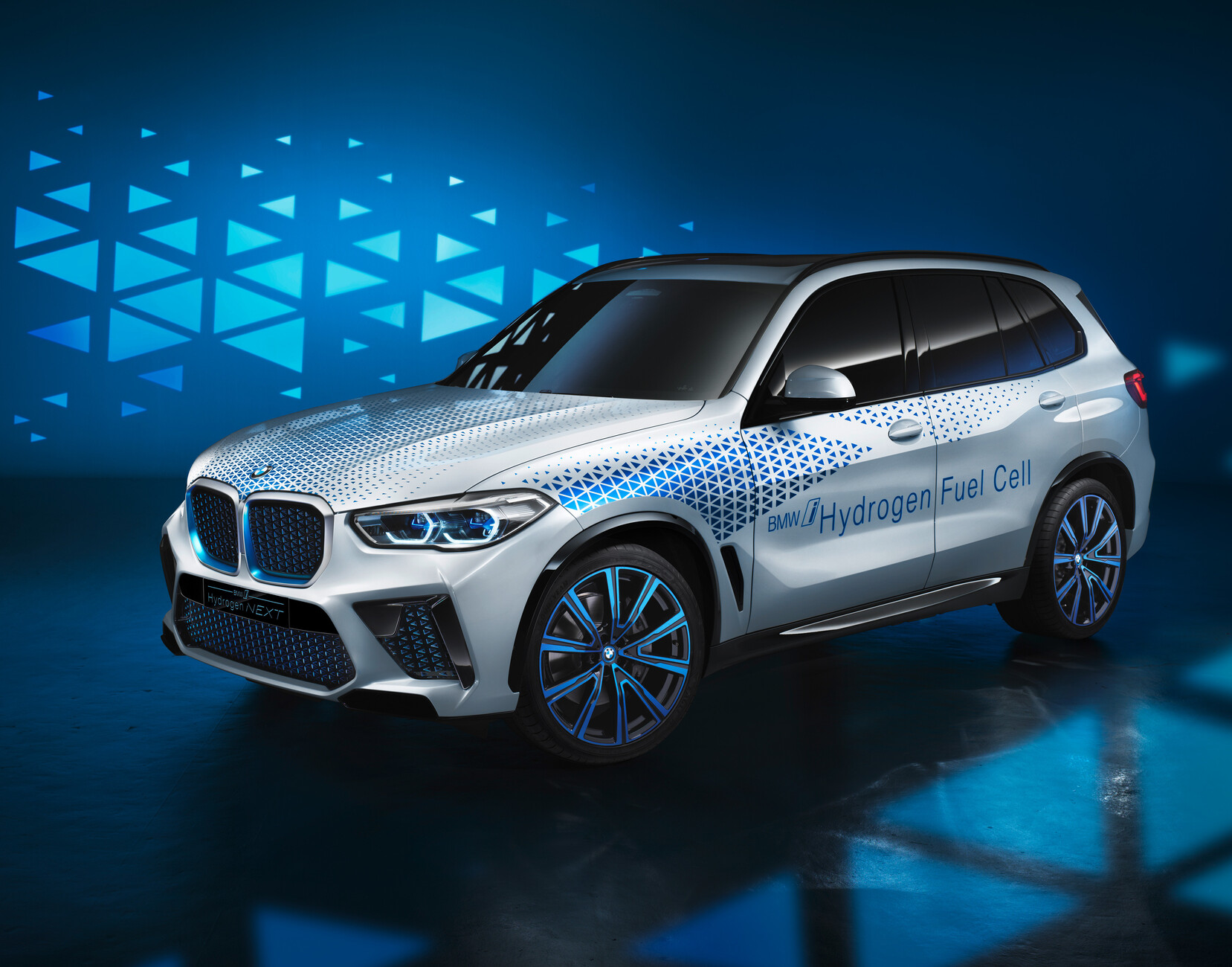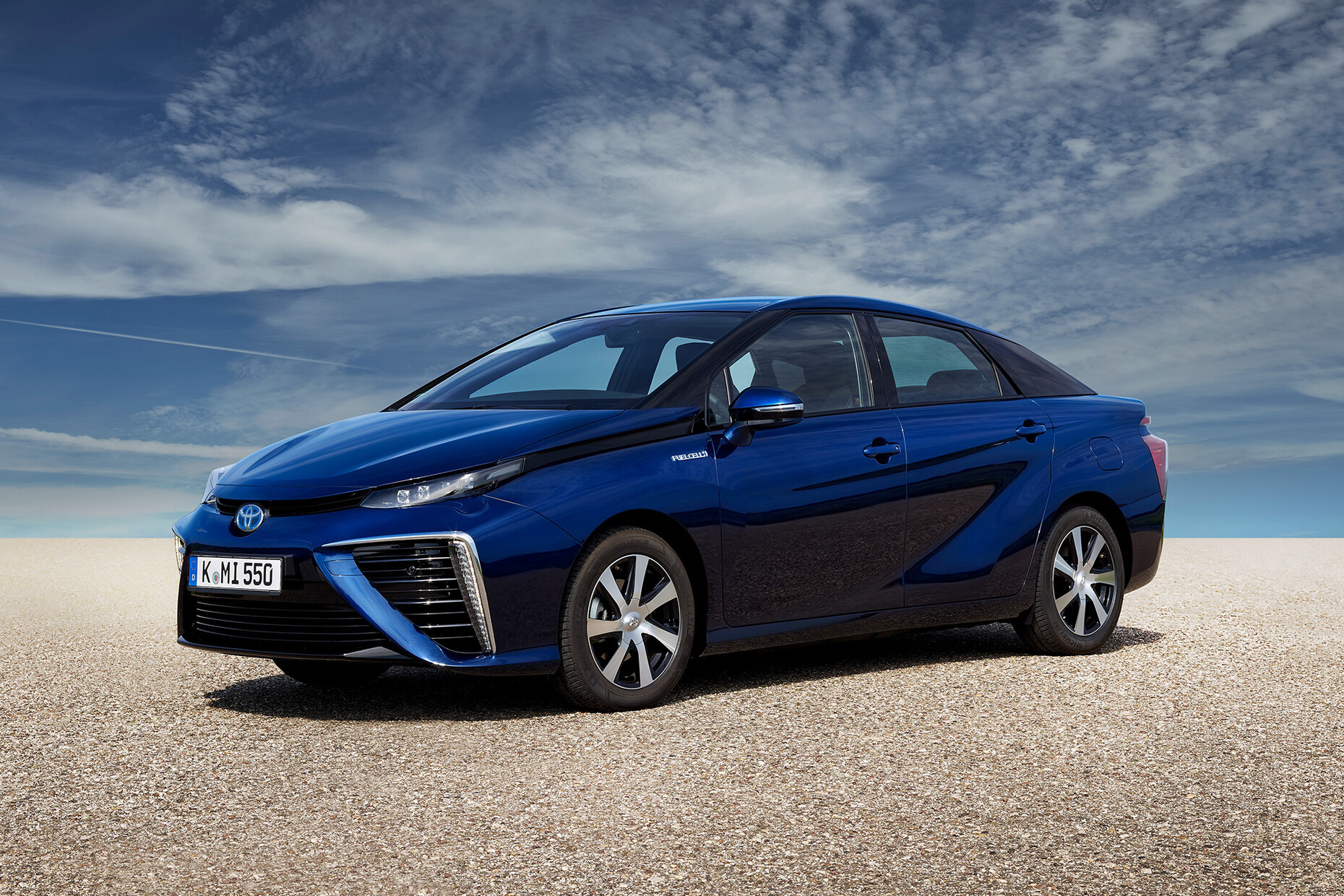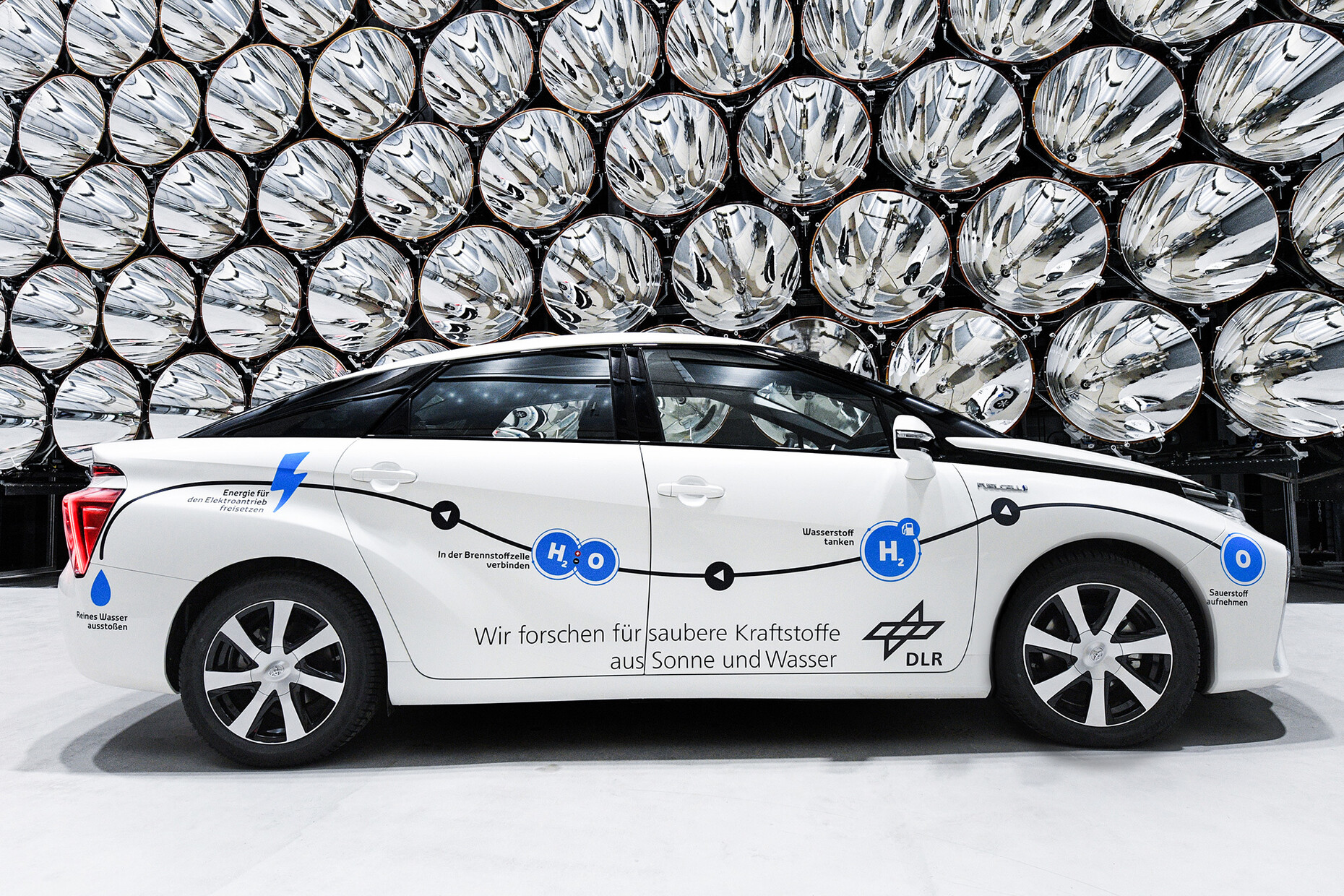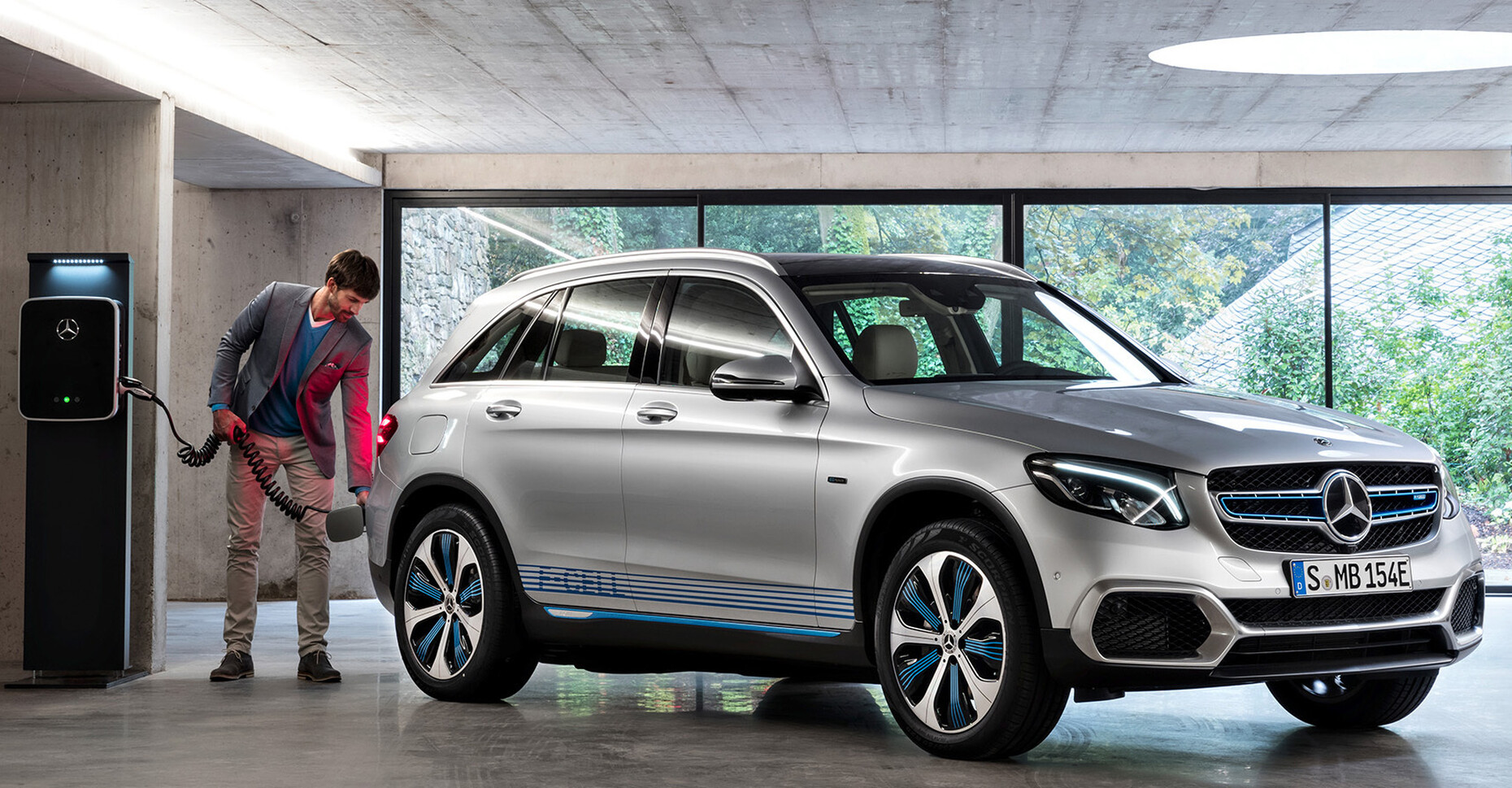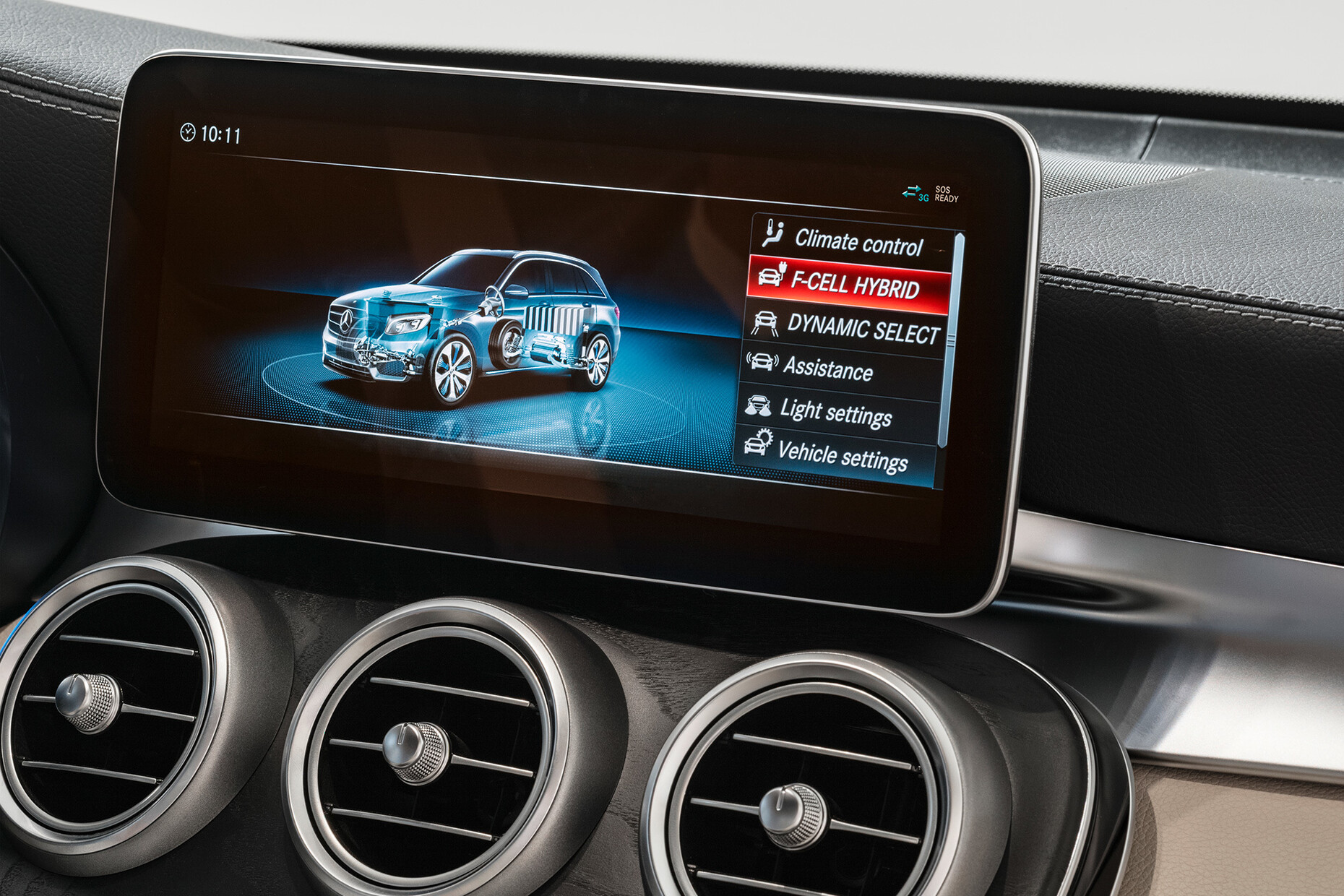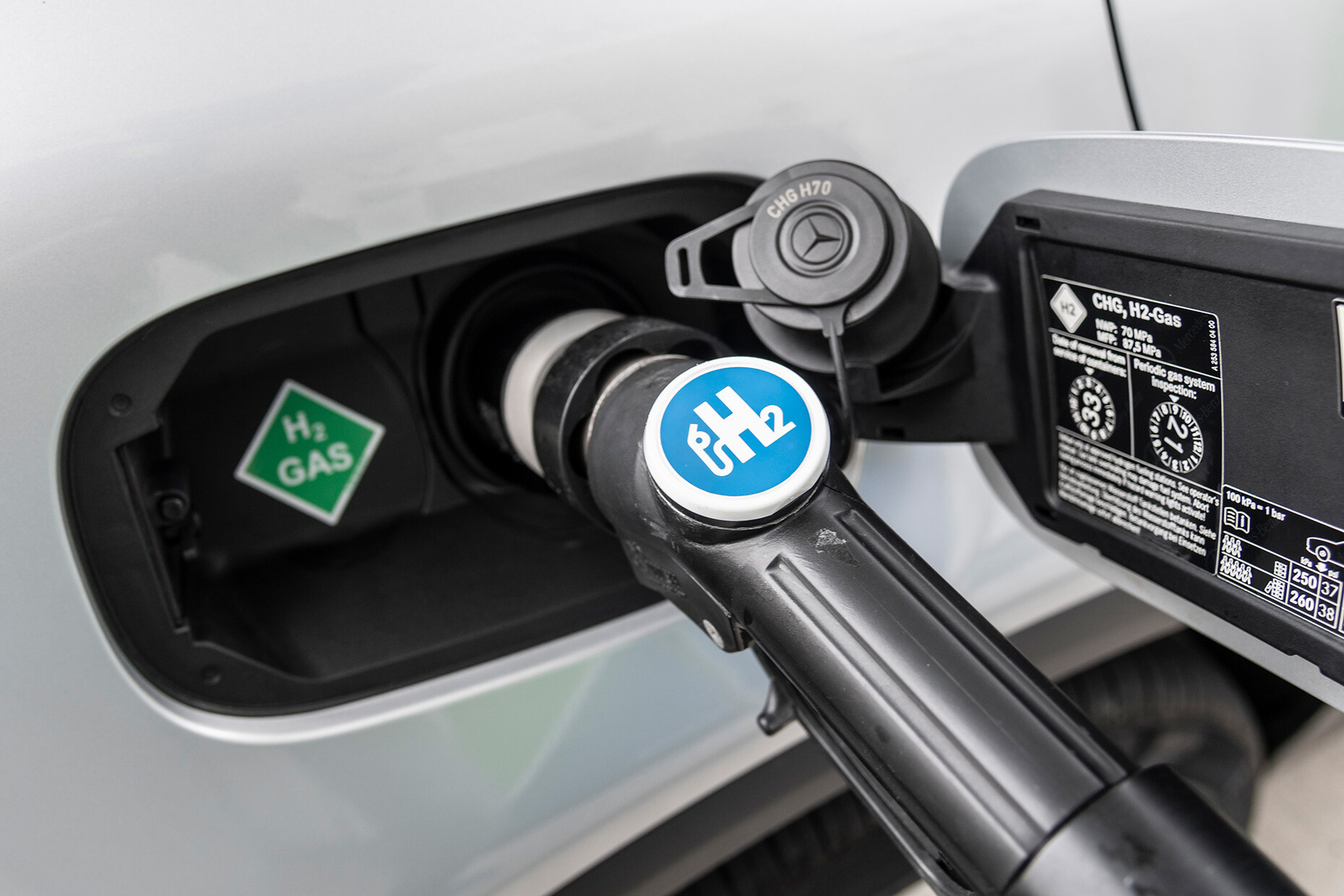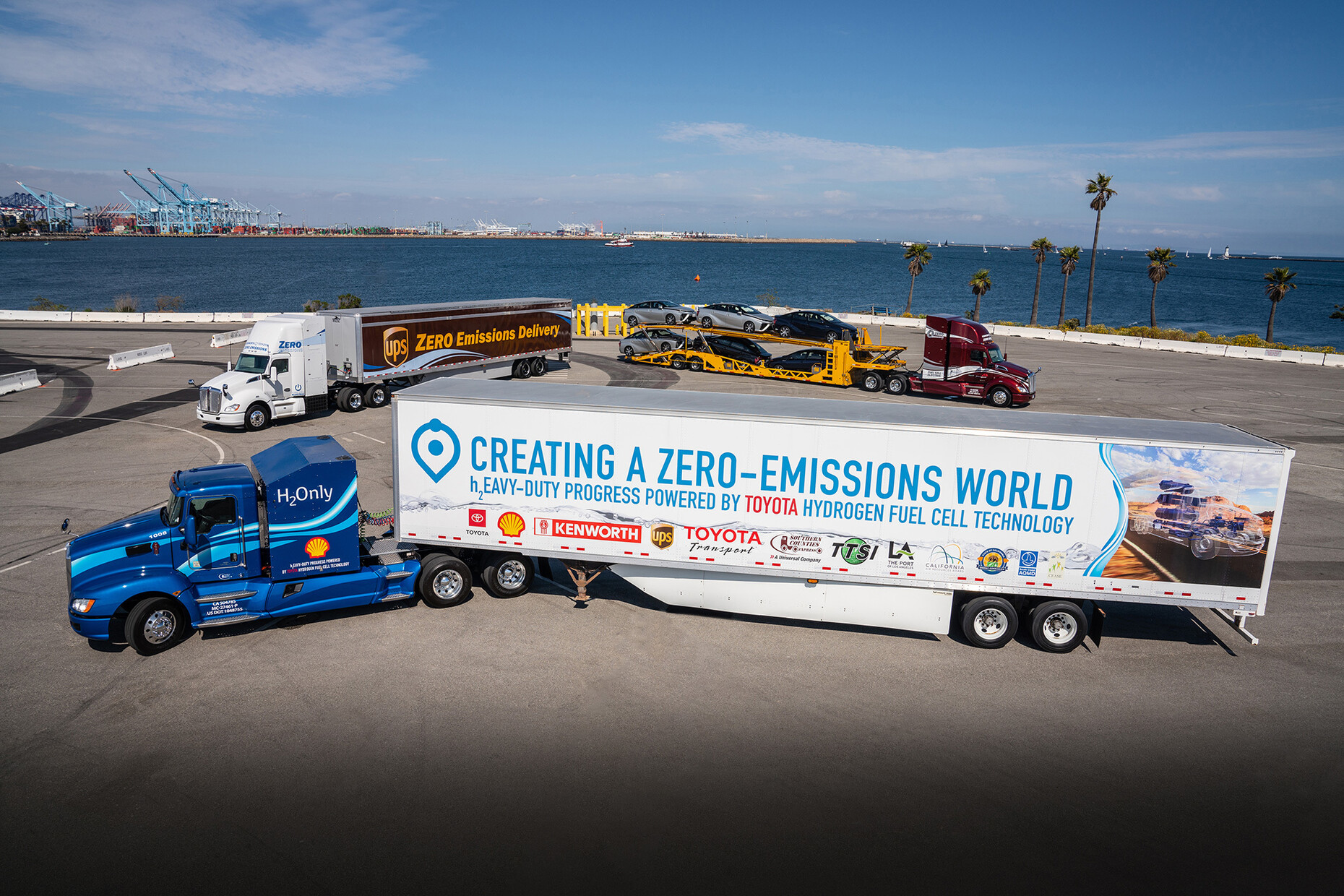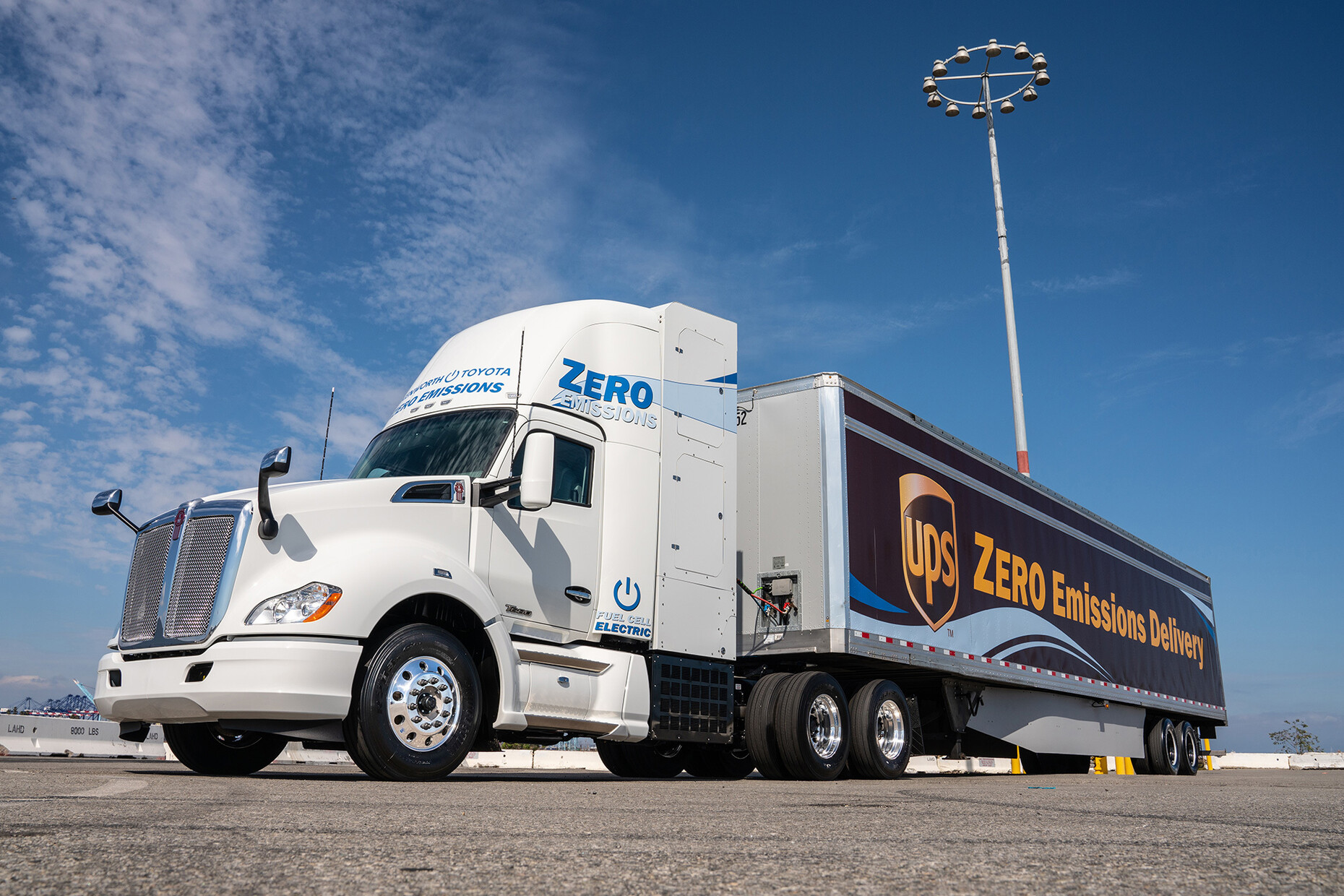SUSTAINABILITY
Energy from hydrogen
As a sustainable energy source hydrogen (H2) can in theory offer many advantages: When burned the gas does not emit harmful emissions but only produces water. The electricity needed to produce it can come from renewable energies and you do not have the constant discharging associated with batteries. Despite these benefits installing a hydrogen fueling station in any type of architecture has remained wishful thinking to date because normally a great deal of space is needed for such storage systems and are undergoing extensive approval procedures. Moreover, the process of compressing hydrogen not only incurs high electricity inputs but is also loud and produces strong vibrations.
The technology devised by researchers at EPFL Lausanne solves these problems in a single system: A laboratory device called “HyCo” stores and compresses the hydrogen in a single step that relies not on electricity but on heat. This can be generated by converting wind and solar energy, such as solar cells on the roof of the house. It might also be feasible to use the waste heat that is a by-product of industrial manufacturing. In addition, the system does not make a noise or generate vibrations. Consequently, filling a car with hydrogen and converting hydrogen into electricity could both be done more simply and effectively. Hydrogen fuel-cell cars already exist – both Japan and China have a clear edge when it comes to developing hydrogen fuel cell vehicles on a commercial scale and see this sustainable alternative as a core element of their energy policy. In Germany a lot of work remains to be done in order to provide a suitable network of hydrogen filling stations. Thanks to the research at EPFL it would be fairly easy to install a mini hydrogen fueling station at various locations – from a private house to a multi-storey car park. Now Prof. Dr. Andreas Züttel from EPFL is collaborating with GRZ Technologies and the industrial gases specialist Messer to roll-out a version of the system on a commercial scale.
Anna Moldenhauer: Prof. Dr. Züttel, how does the small-format “hydrogen filling station” work?
Prof. Dr. Andreas Züttel: What we are presenting is the compression of hydrogen by means of metal hydride technology. To store hydrogen, you normally need a lot of space and high pressure, for example in a high-pressure tank. With our metal hydride store, you can achieve the same effect more compactly and sustainably. On top of which, only heat is needed to build up the required pressure in the store. For use in private households you would install photovoltaic systems on the building’s roof and with the energy generated operate an electrolyzer, which creates hydrogen. The hydrogen is subsequently stored in the metal hydride and can be used as a long-term energy sump. If need be it is turned into electricity to meet the building’s energy requirements. Or it can used to drive a vehicle by heating up the store when filling up, thereby building up the pressure in the vehicle’s tank.
At the moment, how much hydrogen fits in the compact metal hydride unit?
Prof. Dr. Andreas Züttel: About five kilograms of hydrogen, which is enough to fill a standard car tank.
What was the challenge in its development?
Prof. Dr. Andreas Züttel: The difficulty is heat transfer in a store that has to withstand high pressure. That’s actually a contradiction in terms. Because if it’s heat you’re after, you need as thin-walled a system as possible, whereas for high pressure you need thick walls. The trick we came up with was to design the metal hydride tank such that it is thin-walled but still works at high pressure.
In the discussion about hydrogen as a source of energy, terms such as “not efficient enough” and “costs too much” occasionally surface – what do you say to that?
Prof. Dr. Andreas Züttel: Every time you transform energy there is a certain degree of efficiency, in other words some of the energy becomes heat. With hydrogen this very much depends on how fast the transformation is and which system is used, but in principle some 80 percent of the electrical energy in hydrogen can be transformed. The fact that at the moment the costs are still high is in the nature of things. The models are prototypes, and handmade. Ultimately, it’s a question of quantity. If enough systems are built the price of one falls. Widespread supply can be realized more quickly with lots of small systems than with a few large ones.
In your opinion what is still missing for hydrogen to be a widespread source of energy?
Prof. Dr. Andreas Züttel: A few more development stages are needed before hydrogen as a fuel for engines is the rule. The automotive industry has already come up with corresponding vehicles and concepts: Hyundai, for example, recently developed the “H2 Xcient”, a truck with fuel cell drive and the “NEXO” car, and Toyota the “Mirai” car. Mercedes and BMW are also conducting research into hydrogen-powered vehicles. If something is new it always needs a bit of time to become established. When cell phones were introduced there were huge fears that the antenna density needed for the technology to catch on could not be achieved. When demand increased, the antennas required were available very quickly. Hydrogen has lots of advantages as it offers a closed cycle: It is an odorless, non-poisonous gas, which can be made with regenerative energy forms. When hydrogen is burnt only steam is produced, no gasses that are harmful for the environment or mankind. Nor is there any charging involved, like with a battery. I am confident that demand will rise on the back of technological advances, when improvements have been made in terms of the widespread availability of filling stations, the range of a full tank, and ease of use. The mini-filling station we developed is also playing a role in this.
